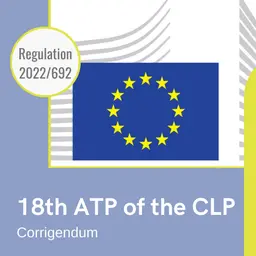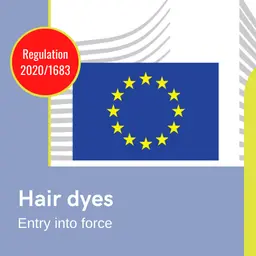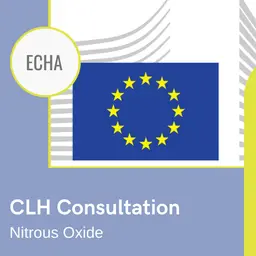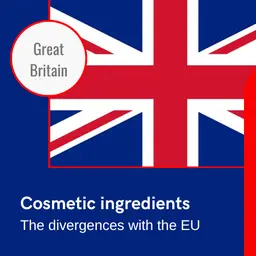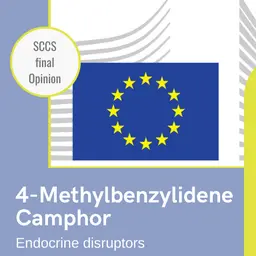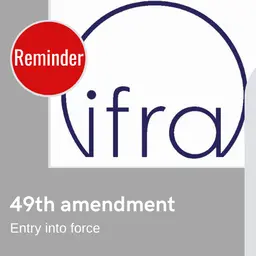
Retinol, Retinyl Acetate, Retinyl Palmitate, Retinyl Linoleate, and Retinal: the safety of these cosmetic ingredients will be evaluated by the SCCS. The request from the European Commission was published on 30 June 2015.
Background
Vitamin A (CAS No 68-26-8/11103-57-4/116-31-4) constitutes a group of lipid-soluble compounds including Retinol, Retinyl palmitate, Retinyl acetate, Retinyl linoleate, and Retinal. Vitamin A is a lipophilic-soluble vitamin and as such a micronutrient essential for most of mammalian species.
The risk characterisation for generical use of Vitamin A for all age groups is based on the tolerable upper intake levels (UL) derived from earlier opinions from the Scientific Committee of Food (SCF) and European Food Safety Authority (EFSA). In 2002, the SCF considered that the upper level of 3000 μg RE/day is appropriate for all women of child-bearing age but also for men and for infants and children after correction for differences in metabolic rate. In 2008, EFSA considered that a maximum intake of 1500 μg RE/day would serve as a guidance level (GL) for individuals at greater risk of osteoporosis and bone fracture (particularly post-menopausal women).
In January 2012, the Commission received some documents from German authorities requesting a safety assessment of Vitamin A in cosmetics products. According to the Member State, the use of retinol and its esters in cosmetics should be restricted in view of increasing number of products containing Vitamin A, increasing concentrations and/or greater penetration …






